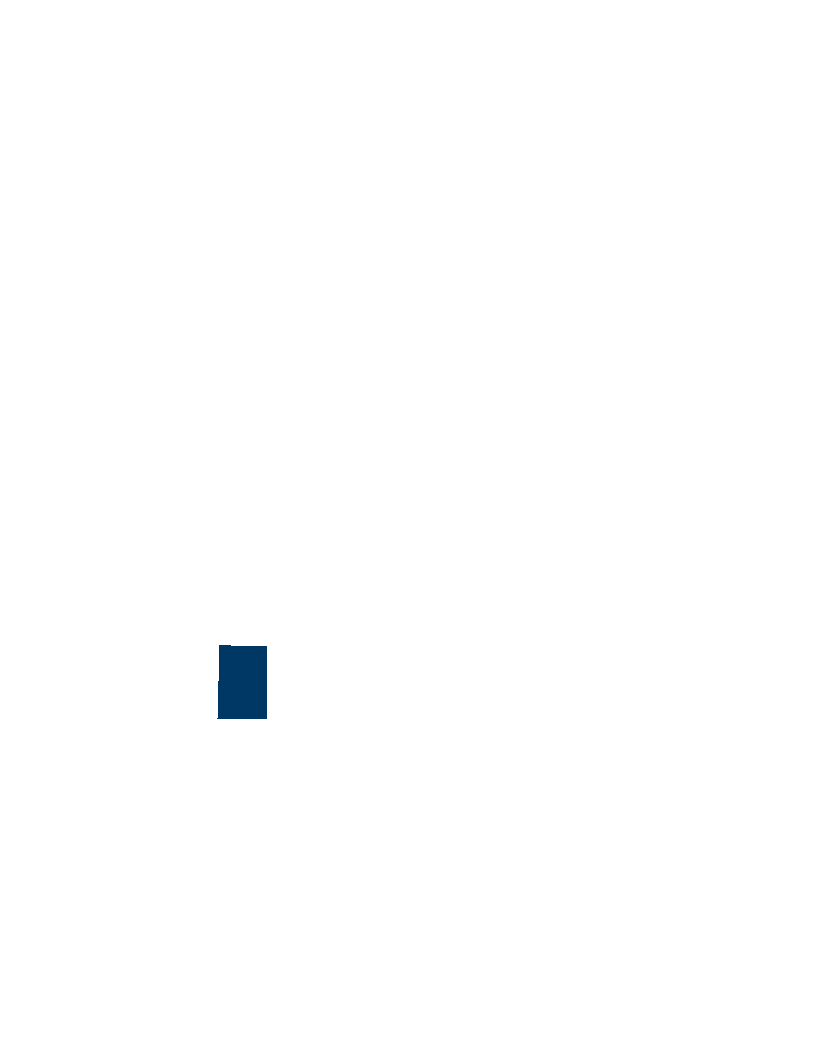Kandiyohi Groundwater and Drinking Water Resource Protection through Education and Well Sealing in High Priority Areas
The project's goal is to ensure that the public has access to clean and safe drinking water by focusing on education and well sealing measures in high-priority locations. This initiative aims to avoid groundwater contamination and maintain the health and well-being of communities who rely on groundwater for drinking water by raising awareness, providing technical help, and implementing well sealing measures.
Program Objectives:
1. Raise Awareness: Create educational initiatives to educate the public about the importance of groundwater protection and the risks connected with land use. Unused wells can serve as direct entry points for surface contaminants into the groundwater system, so capping unused wells prevents contaminants from moving vertically within the aquifer system.
2. Conduct Desktop Analysis: Complete an analysis of abandoned farm locations inside the County's DWSMAs.
3. Complete Well Sealing Workshops: As part of the grant, we will hold three (3) community clinics for landowners to test their private drinking water source and learn what to do if it is dangerous.
4. Provide Technical Assistance: Provide landowners with advice and help on best practices for decreasing groundwater pollution concerns.
5. Conduct Well Assessments: Evaluate the condition and potential contamination concerns of existing water wells in high-priority locations to identify prospective well sealing sites.
6. Implement Well Sealing Measures: Make it easier to close thirty (30) abandoned or underused wells, preventing contaminants from entering groundwater resources directly.
Program Implementation:
1. Education and Outreach:
-Create educational materials such as booklets and online tools to enlighten the public about the importance of groundwater and drinking water protection.
-Hold workshops, seminars, and community events to engage landowners and the public in groundwater conservation and protection.
2. Well Assessments:
-Conduct systematic assessments of existing water wells in high priority DWSMA locations to evaluate their condition, proximity to potential contamination sources, and pollution susceptibility.
-Prioritize wells based on vulnerability and potential impact on drinking water supplies.
-Create a thorough database of examined wells, including their status, sealing needs, and any pollution hazards that have been discovered.
3. Technical Assistance:
-Establish a team to provide technical guidance and assistance to landowners.
-Offer on-site consultations and visits to assess potential contamination risks and provide recommendations for improved practices.
4. Well Sealing Measures:
-Provide financial incentives to landowners for sealing abandoned or unused wells identified as potential contamination sources.
-Collaborate with local contractors and drilling companies to ensure the proper sealing techniques and materials are used.
Annie Felix-Gerth
(b) $8,500,000 the first year and $8,500,000 the second year are for grants to local government units to protect and restore surface water and drinking water; to keep water on the land; to protect, enhance, and restore water quality in lakes, rivers, and streams; and to protect groundwater and drinking water, including feedlot water quality and subsurface sewage treatment system projects and stream bank, stream channel, shoreline restoration, and ravine stabilization projects. The projects must use practices demonstrated to be effective, be of long-lasting public benefit, include a match, and be consistent with total maximum daily load (TMDL) implementation plans, watershed restoration and protection strategies (WRAPS), or local water management plans or their equivalents. Up to 20 percent of this appropriation is available for land-treatment projects and practices that benefit drinking water.
Goals:
1. Seal 50 abandoned wells in high priority areas in next three years
2. Increase awareness about the importance of drinking water protection and encourage community involvement in sealing unused wells during clinics in high priority areas
LOCAL LEVERAGED FUNDS
